Recently, a primary care physician I work with quite well had a patient with chronic back pain keeping her out of work and stuck in bed. The physician was leaving on vacation and didn't want to leave his patient in the lurch, so he ordered a MRI and asked that I speak directly with the patient to discuss the results when the scan was finished. Afterward, I consulted with my traveling colleague, and we were able to set the patient on a treatment course before the doctor had even returned from his trip.
While the scenario may sound pretty standard, radiologists rarely interact with patients. In most cases, radiologist delivers their report to the ordering physician, who then delivers a diagnosis to his patient. That is gradually changing, to the benefit of patients (and becoming a more common part of my practice).
At a time when patients are craving more personalized care and search engines are providing "diagnoses" that are all too often incorrect, this sort of collaboration among physicians is essential to maintaining a first class health care system.
Specialists, including radiologists like myself, should push to partner with primary care physicians more often. Here are three (very) simple ways that collaboration has worked especially well for my colleagues and can work across the medical field:
1. Pick our brains -- it's what we are here for. Sometimes, collaboration can be as easy as picking up a phone. Just this week, a colleague -- a primary care physician -- called and asked if he could send over a patient's scan with a few additional questions. I took another look, and he asked me to speak directly with the patient, which I gladly did. The patient walked away with more information than he normally would have by nature of how diagnoses are traditionally dispensed. This kind of involvement and collaboration not only helps with patient satisfaction -- but improves care.
2. Collaborate before performing a procedure. In the case of primary care doctors and radiologists, a brief conversation before ordering a scan can determine exactly what type of scan should be performed -- CT? MRI? Should the contrast be intravenous, oral, or both? What did the blood work show? Are there any contraindications to MRI or contrast allergies that would alter the type of test? What previous scans were done? These questions help us make better decisions and can ensure the effectiveness of the scan. The last thing a patient wants is to have to go for another scan -- and be exposed to more radiation -- because the first one didn't tell us enough or wasn't the correct approach.
3. Finally, let's work together -- literally. New technology, which I employ daily at my practice, has enhanced care by letting two different doctors work with patients simultaneously. For example, I can look at a scan at the same time on a single shared screen with a physician in another town or even another country. The patient can also be on the same screen and talk to both doctors. This means fewer doctor visits, more information, and hopefully a patient who walks away feeling well served by their physicians.
An important added benefit is that patients are getting two opinions for the price of one. This sort of collaboration doesn't come at any extra cost. Instead, the primary care physician benefits from having a more satisfied -- and hopefully healthier -- patient.
On the flip side, continuing to silo the medical profession can lead to the wrong test being ordered, delayed diagnoses and sometimes, even the wrong diagnoses. As physicians, we take an oath to do no harm. By working together more closely, we can also accomplish more good.
For more by Gregory Goldstein, M.D., click here.
For more health news, click here.